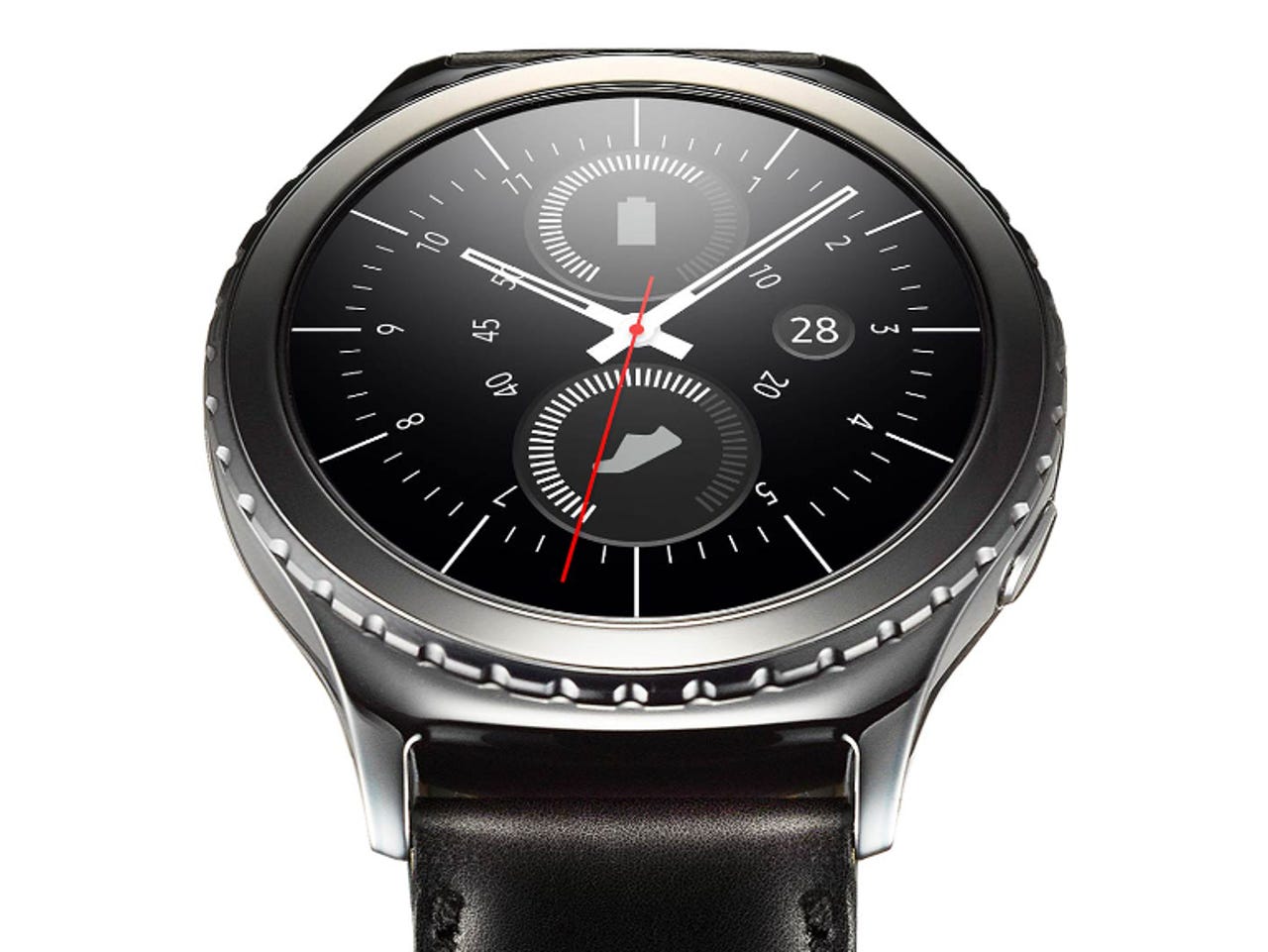Samsung Gear S2 classic 3G: First eSim lets you switch carriers remotely


The eSIM specification lets consumers switch providers but keep using the same SIM.
Samsung's new Gear S2 classic 3G will be the first device available that comes with a GSMA-compliant embedded SIM (eSIM), which lets users remotely activate a carrier subscription.
The GSMA eSIM specification aims to make it easier for consumers to manage carrier subscriptions for multiple devices, such as watches, others wearables and tablets, by allowing consumers to activate these devices under a single mobile subscription and without removing the SIM.
Samsung says its new Gear S2 classic 3G, which begins shipping in March, will be the first device with the eSIM. So instead of having a separate subscription for the watch, owners can configure it to share their smartphone's subscription.
The eSIM specification lets consumers switch providers but keep using the same SIM. However, given that smartphones are the primary device for mobile subscriptions, this capability isn't a particularly meaningful feature of the specification released today.
According to GSMA, a separate specification for the remote provisioning of SIMs on "any mobile device" will be released in June.
GSMA released the eSIM specification today, which now has been backed by Apple, Microsoft, LG, Huawei, Sony and Samsung, as well as chip-makers, SIM-card makers and most of the world's largest carriers.
"The initiative does not aim to replace all SIM cards in the field, but is instead designed to help users connect multiple devices through the same subscription and will help mobile device manufacturers develop a new range of smaller, lighter mobile-connected devices that are better suited for wearable technology applications," GSMA said in a statement.
As it notes, the remote provisioning aspect of the eSIM is also to support small M2M environments, where a SIM card may be soldered to a device, thus requiring "over the air" provisioning. However, the specification also supports removable SIMs.
The association has been working over the past year to convince device makers, mostly Apple and Samsung, to support the initiative. Notably, Apple had already delivered this capability for the iPad with Apple SIM in 2014.